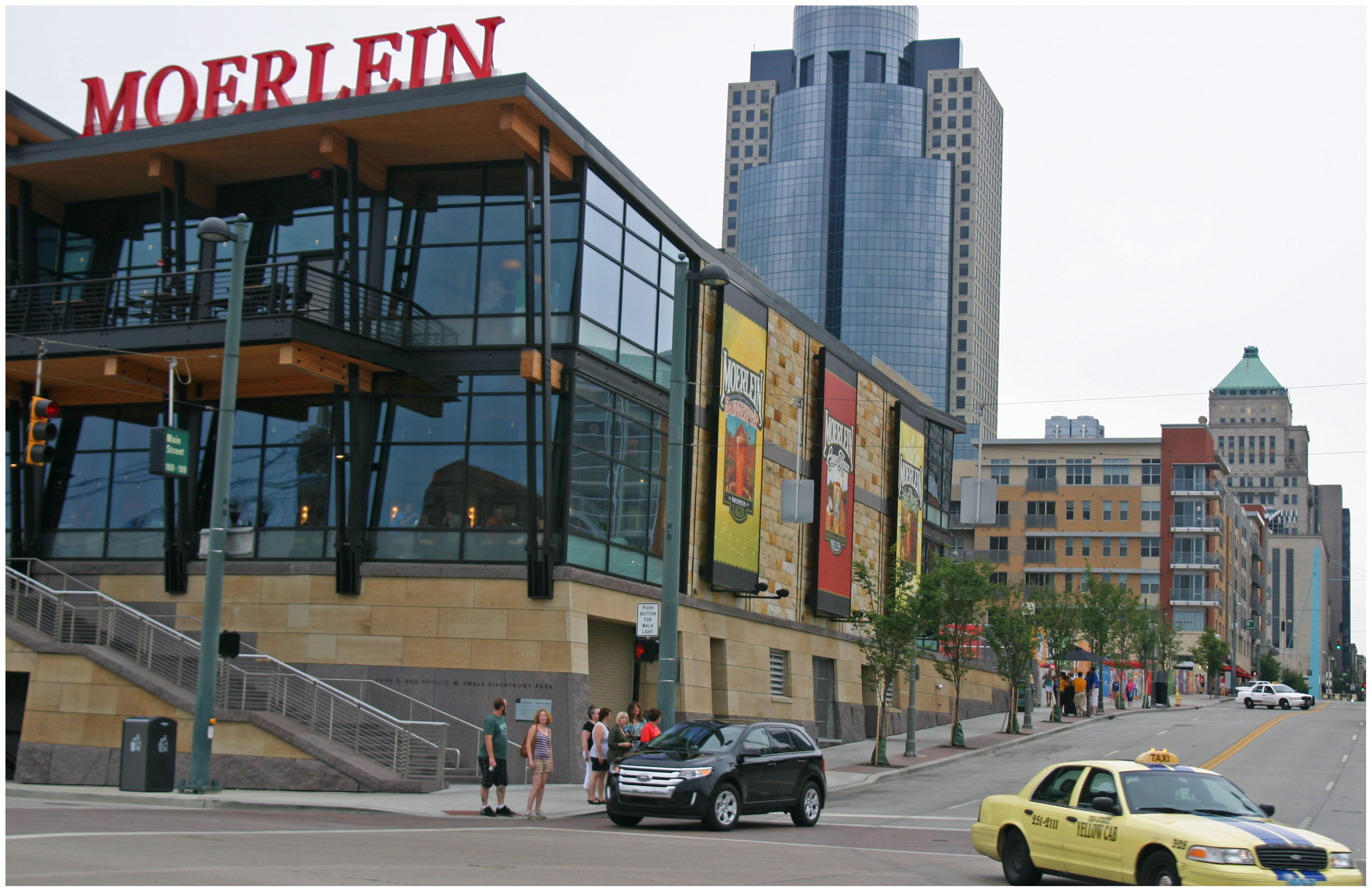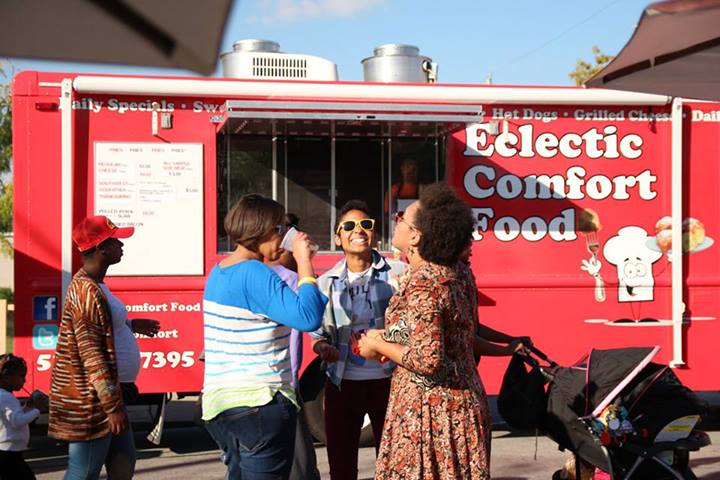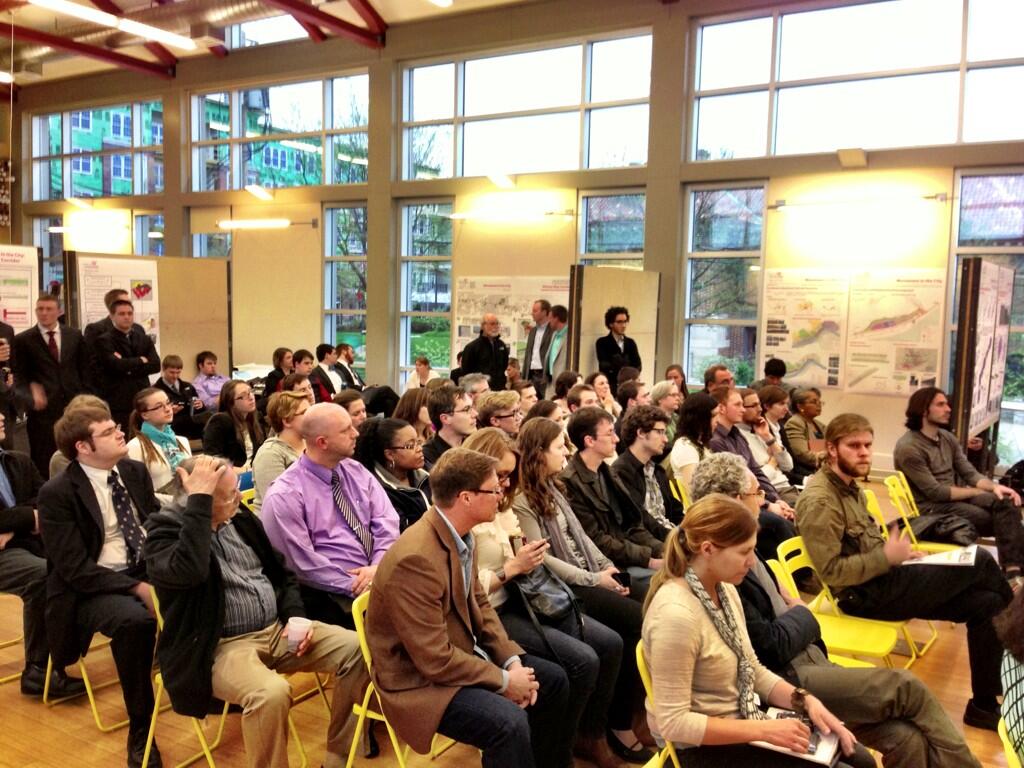What should a shrinking city do with its vacant housing stock?.
Losing population isn’t fun, and a host of cities throughout the U.S. have been losing population since their collective peaks in the 1950s. Cincinnati is one of those cities. Along with the troubling finances this presents, it also creates the predicament of deciding what to do with vacant households left behind. In Cincinnati, and many others, the decision has been to tear down homes and hope for something better. More from The New York Times:
A recent Brookings Institution study found that from 2000 to 2010 the number of vacant housing units nationally had increased by 4.5 million, or 44 percent. And a report by the University of California, Berkeley, determined that over the past 15 years, 130 cities, most with relatively small populations, have dissolved themselves, more than half the total ever recorded in the United States. The continuing struggles of former manufacturing centers have fundamentally altered urban planning, traditionally a discipline based on growth and expansion.




